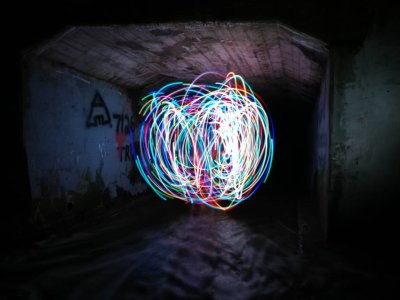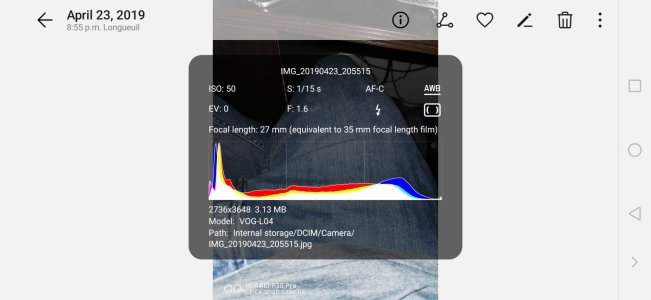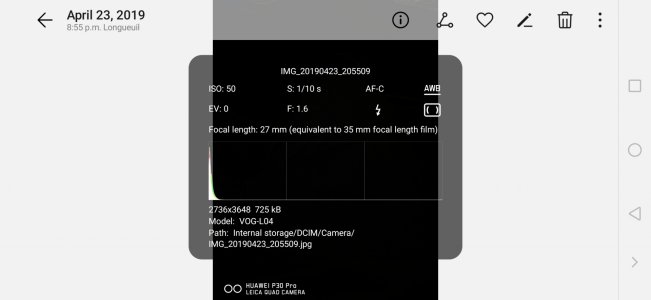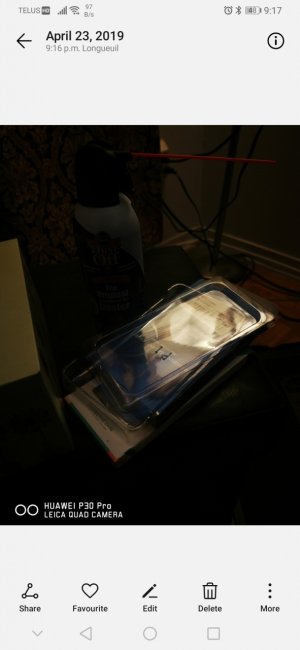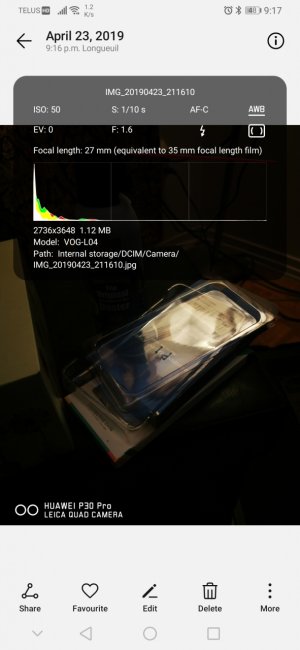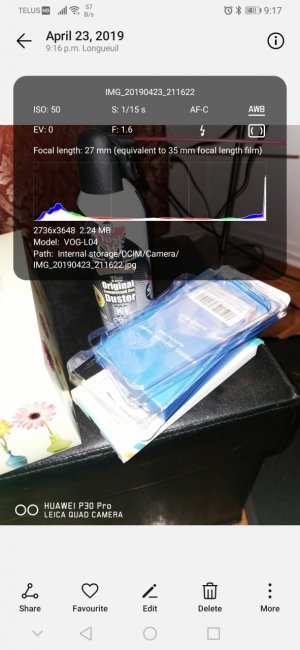Being ISO invariant is a relatively new concept in digital photography, and only talked about as it relates to full sized cameras. I would be very surprised if any of that technology has filtered into smartphones yet, and didn't find any discussions on that.
https://digital-photography-school.com/iso-invariance-exposure-triangle/
https://photographylife.com/iso-invariance-explained
(They are somewhat long reads, but go into great detail about why selecting the right ISO still matters.)
Pixel pitch and density are directly related and are effectively synonymous terms for this discussion, to which we are in agreement.
That isn't what you said originally, and I was simply proving a point that your advice isn't true across the board. Of course in most situations you won't be able to use a stand alone flash, but that is due to timing requirements, not flash design. Some smartphones have had xenon flashes, and at least one Bluetooth controlled OCF with a xenon bulb has been developed for smartphones. The one in my above sample was a cheap one from Amazon, with no HSS ability. Rolling electronic shutters have little to do with stills. You can get the same effect with a film camera, given fast enough action.
https://photographylife.com/iso-invariance-explained
The takeaway here is knowing the limits of your equipment and working within them. I just happen to like pushing those limits.
I’m not talking about ISO invariance (in regards to my statements about ISO) that’s something different. Btw, a ISO invariant sensor is simply one that has low read noise, particularly back end read noise. Two of my cameras are ISO invariant.
Regarding ISO (in digital photography), it’s simply not part of the exposure. Taking a photo and then raising the ISO and taking the photo again (assuming the same aperture, shutter speed, subject and lighting) does not change the exposure at the sensor. The totally raw data (exposure wise) is the same. What raising the ISO does is increases the gain (think of turning the volume up on your radio or tv as an example) of the signal data going from the sensor into the converters. This increase in signal gain is applied to the raw sensor data after the exposure has been made.
It’s easily observed using sw such as rawdigger or even a raw converter that allows you to view the raw data from the raw files without applying any of the instructions, from the exif data, to the image.
SnR is part of the exposure triangle.
The sensitivity of the sensor (base ISO as it’s often called) is baked in at the time of production and (with a very few exceptions) can not be changed.
If talking about a specific sensor size, then yes, increase in pixel density would mean a decrease in pixel pitch, however taking the blanket statement “increased density” is misleading and statements like this can lead to much confusion when overstated again and again by others. IMO, it’s better to state actual reason, decrease in pixel pitch. That way no one gets confused.
Now I’m assuming you know how electronic shutters work, however for those that don’t, here’s what happens. (This is simplified but accurate and I’m talking about rolling shutters here, not global shutters as no cell phone cameras use those). When you take a photo at a given shutter speed, let’s say 1/60 sec, the whole sensor does not make that exposure at the same time. The exposed pixels are read off the sensor one row at a time. What happens, simplified but accurate, is that the sensor is “turned off” the the the first row of pixels on the sensor is turned on for 1/60 of a sec (the shutter speed), then that exposure is locked and that row of pixels is read off the sensor. Depending on the sensor it’s fast but still takes time, typically maybe 8 microseconds. Now the sensor is turned off then the next row of pixels is turned on for 1/60 of a second (shutter speed) then offed and that row is read off the sensor, and on until all of the pixel rows have been exposed and read off the sensor. If the sensor, as example, has 2500 rows of pixels, then it takes 1/50 of a second (and this has nothing to de with the exposure time of 1/60 sec for each row of pixels) just to read all the rows and remember the rows are exposed one row at a time. If the whole sensor were continually exposed during the reading of the rows, then the last row would be exposed more than the first row. That’s why the sensor is basically turned off and on (again a simplified but accurate description).
The typical flash unit (real photographic xenon flash) has a total light duration (depending on its power) is from around 1/10,000 sec to around 1/30,000 or more. Now it should be pretty obvious the problem of trying to use a “real” flash with an electronic shutter. Then bottom part of the sensor would not get any exposure from the flash because the flash duration is too short.
Rolling shutter effects occur with stills as well as with video (which is simple a string of images). In our case above if there is fast action like a car driving past fast, then the position of the car when the top row of pixels is exposed (for the 1/60 sec) and when the bottom row of pixels is exposed wii have changed, thus the observed distortion. I’ll attach a screen shot of a photo (not a video) showing clear rolling shutter distortion.
You said some cell phones have xenon flashes and that is true. The Lumia N8, 808, and 1020 are three that do, however you should note that they have mechanical shutters.
Please always push the limits and try things and experiment. That’s the scientist in some of us, but let’s try to use objective truths or useful information when we talk in somewhat general terms, such as a “real” photographic flash (xenon) can’t be used with an electronic shutter (generally).
Cheers and everyone just go make photos.



